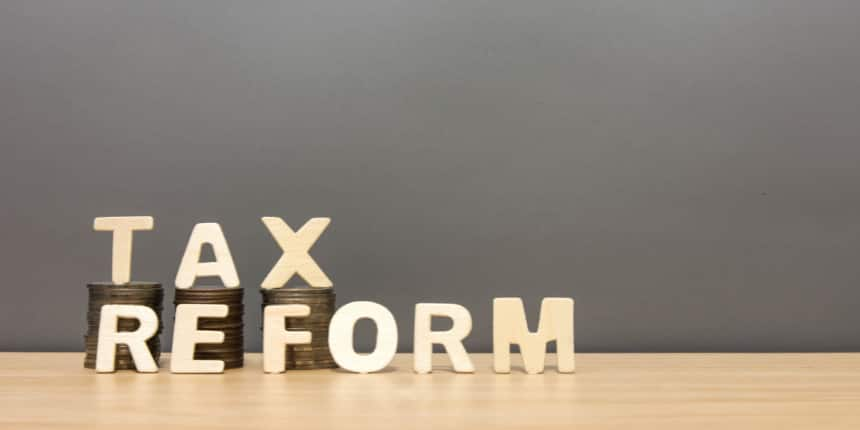TARC Full Form
What is the full form of TARC?
The complete form of TARC is the Tax Administration Reform Commission which the Government of India established in August 2013. It was a revolutionary step to create an Administration Reform Commission in Taxation. This is the first committee of its kind which has been formed to reform taxation. Parthasarathy Shome was selected as the head of the TARC department. It is an advisory committee which gives various ideas to the Ministry Of Finance to make the department’s employees aware of how they can generate 100 per cent of government tax from the taxpayers. This commission has done several modifications in the Ministry Of Finance.

Ideas and recommendations of TARC
This Commission has made most of the recommendations for the CBDT (Central Board of Direct Taxes) and CBEC (Central Board for excise and customs). These both come under the Department Of Revenue. Department Of Revenue is part of the Indian Ministry Of Finance. TARC has made 385 recommendations, out of this 291 recommendations relating to CBDT and 253 to CBEC. After that, the Department Of Revenue was discontinued. Resulting CBDT and CBEC being merged in 2018-19.
Some of the broad recommendations of the TARC were changes in structure, greater use of ICT, improvement in taxpayers’ services, customs capacity building, strengthening of human resource management, exchange of information with other agencies, critical internal processes, expansion of the base, revenue forecasting, compliance management, tax governance among others.
Some important recommendations were made for the customers and taxpayers, given below:
Consumer focus
Human resource development
Structure and Governance
Dispute resolution and management
Another recommendation of the Commission was that the Permanent Account Number (PAN) should be developed into a Common Business Identification Number (CBIN), Which is used by other departments like Customs, Excise etc. The commission had recommended that General Antitrust Avoidance Rules (GAAR) be introduced in India after a grace period of three years. It finally came into force in 2017 and applied for PAN India.